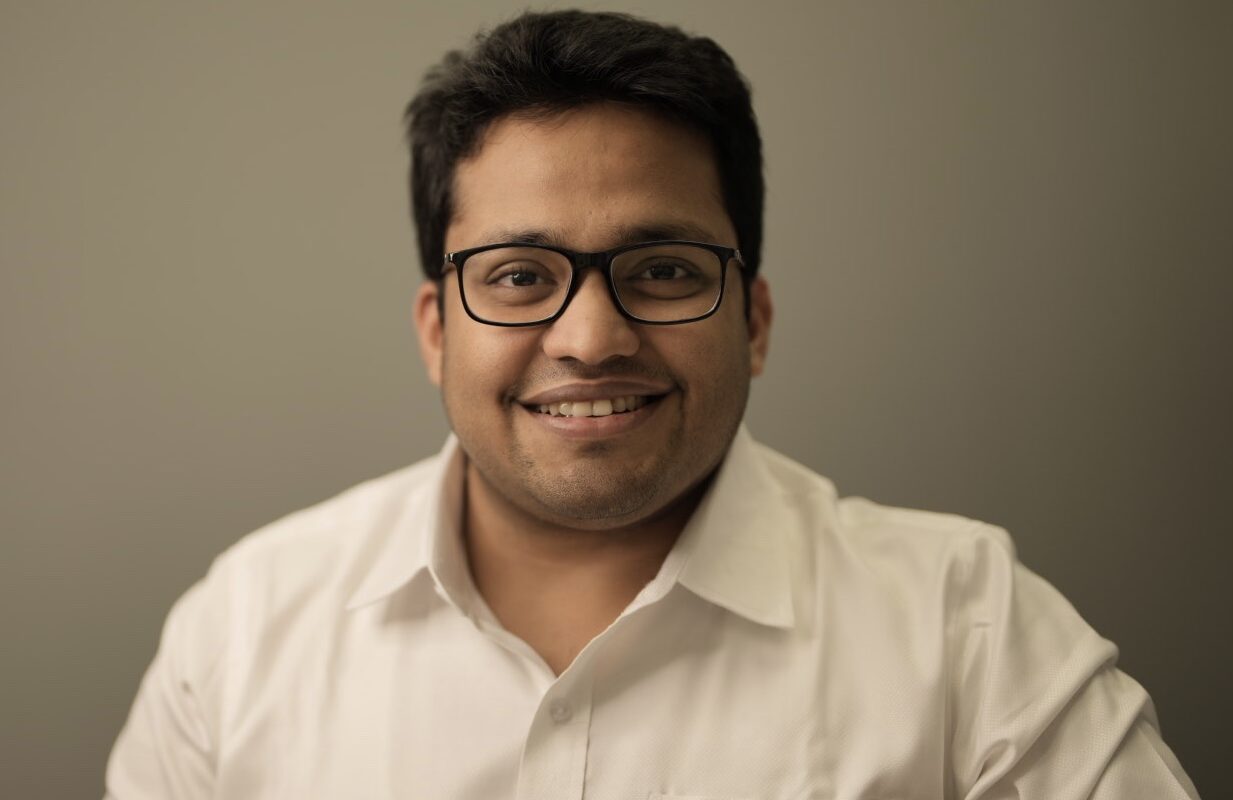Dentistry, a noble profession dedicated to the oral health and well-being of individuals, often conjures up images of white coats, dental chairs, and the sound of whirring drills. However, behind these familiar visuals lies a world of intricate procedures, patient care, and continuous learning. As a dentist, I, Dr. Chirag Chamria, have been practicing for several years at Royal Dental Clinics, and I am often asked whether a dentist’s career life is mundane. In this article, I aim to shed light on this question, putting to rest erroneous beliefs and illuminating the many facets of dentistry.
The Science Behind the Smile
Dentistry is not just about filling cavities and extracting teeth; it is a field deeply rooted in scientific principles and knowledge. Behind every smile, there is a complex understanding of oral anatomy, physiology, and pathology that guides dental professionals in providing optimal care for their patients.
Oral Anatomy and Physiology
Dentists possess an in-depth knowledge of the structures and functions of the oral cavity. They understand the intricate relationships between teeth, gums, bones, and supporting tissues. This knowledge is crucial in diagnosing oral conditions and formulating appropriate treatment plans.
- Dentists are well-versed in the different types of teeth, their functions, and eruption patterns.
- They understand the oral mucosa and its variations, which aid in diagnosing oral diseases and abnormalities.
- Knowledge of the temporomandibular joint (TMJ) helps dentists identify and treat jaw disorders.
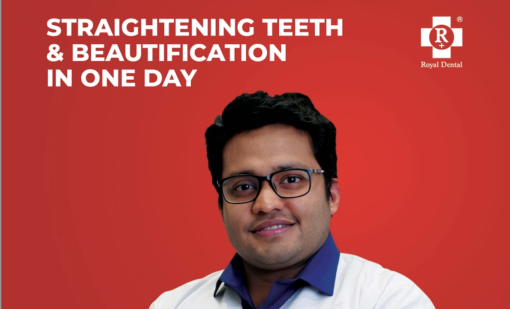
Dental Pathology and Disease Diagnosis
Dentists are skilled at identifying and diagnosing various oral diseases and conditions. Through comprehensive examinations, dental professionals can detect issues such as tooth decay, gum disease, oral cancer, dental care and temporomandibular disorders. This scientific understanding allows dentists to develop tailored treatment plans for their patients.
- Dentists utilize tools like X-rays, intraoral cameras, and diagnostic tests to assess oral health.
- They can identify the early signs of dental caries, periodontal disease, and oral lesions.
- Through oral health screenings, dentists play a vital role in the early detection of systemic diseases with oral manifestations.
Dental Materials and Techniques
The field of dentistry constantly evolves with advancements in dental materials and techniques. Dentists stay updated on the latest research and technological innovations to provide their patients with the most effective and durable treatments.
Dentists have an understanding of various dental materials such as composite resins, ceramics, and metals. They select appropriate materials based on their properties, aesthetics, and functional requirements. Dentists are skilled in using advanced techniques like adhesive dentistry, dental implants, and endodontic procedures.
Restorative Dentistry | Dental Care
Restoring damaged or missing teeth is a fundamental aspect of dentistry. Dentists employ scientific principles to design and create restorations that mimic the natural appearance and function of teeth.
Dentists understand the principles of occlusion and biomechanics, ensuring proper biting and chewing function. They use dental materials and techniques to restore teeth affected by decay, fractures, or wear. Restorative procedures like dental crowns, bridges, and dentures require a scientific understanding of tooth structure and function.
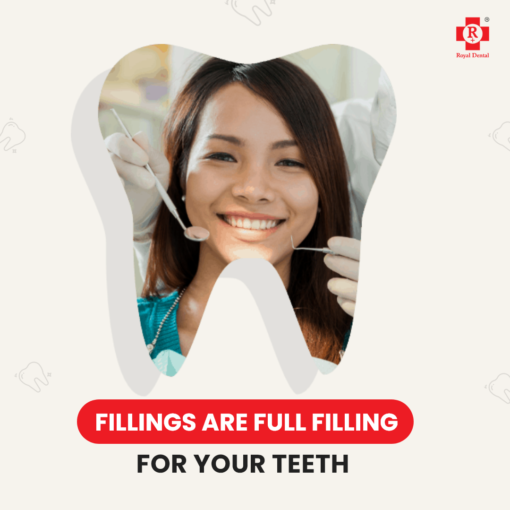
Endodontics and Root Canal Therapy
Endodontics is a specialized branch of dentistry focused on the diagnosis and treatment of diseases affecting the dental pulp and roots. Root canal therapy, a common endodontic procedure, involves removing infected or damaged pulp to save the tooth.
Dentists employ scientific knowledge to locate and treat root canals within teeth. They use techniques such as root canal shaping, irrigation, and obturation for successful treatment. Understanding the microbiology of root canal infections guides dentists in eliminating bacteria and ensuring successful healing.
Orthodontics and Dentofacial Orthopedics
Orthodontics deals with the alignment of teeth and correction of malocclusions. Dentists use scientific principles to diagnose, plan, and execute orthodontic treatments.
- Dentists analyze dental casts, X-rays, and facial photographs to assess malocclusions and plan orthodontic treatment.
- They use appliances such as braces, aligners, and retainers to gradually move teeth into proper alignment.
- Knowledge of craniofacial growth and development is essential for managing orthodontic cases in children and adolescents.
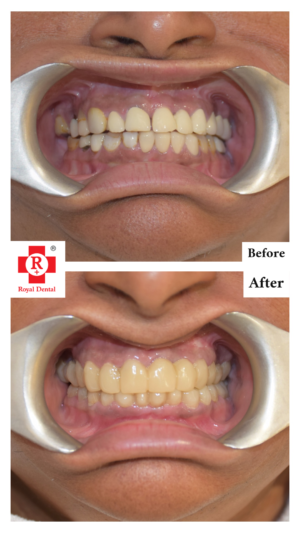
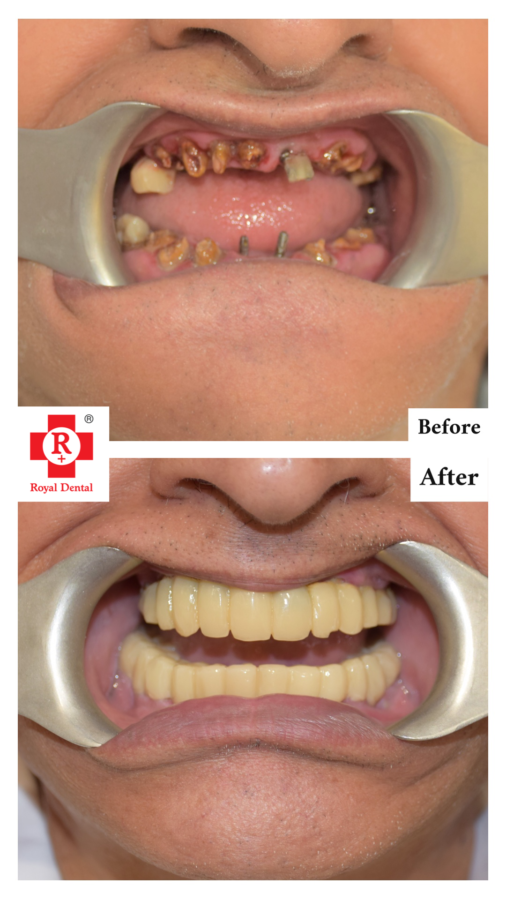
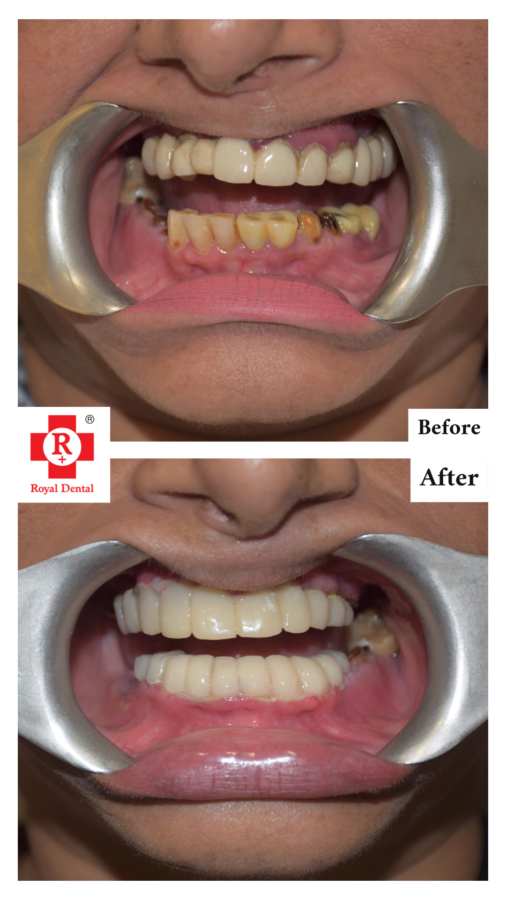
Mastering the Art of Patient Communication
Mastering the art of patient communication involves simplifying complex dental terminology to ensure that patients fully understand their oral health conditions and treatment options. Dentists have the ability to break down technical jargon into easily understandable language, allowing patients to make informed decisions about their dental care. By bridging the communication gap and using clear, concise explanations, dentists can empower patients to actively participate in their treatment journey and feel confident in the decisions they make for their oral health.
“A dentist’s career is far from mundane; it’s a fulfilling journey where science, art, and compassion intertwine, creating smiles that impact lives.”
Dr. Chirag Chamria
The Aesthetic Touch of a Dentist
The aesthetic touch in dentistry adds an artistic dimension to the field, allowing dentists to create beautiful smiles that enhance their patients’ appearance and boost their self-confidence. Through various cosmetic procedures like teeth whitening, porcelain veneers, dental bonding, and gum contouring, dentists utilize their technical skills and artistic eye to transform smiles into works of art. The aesthetic aspect of dentistry not only improves the appearance of teeth but also has a profound impact on the overall well-being and self-esteem of patients. It showcases the ability of dentists to combine science and artistry, delivering results that leave a lasting positive impression.
Continual Learning and Advancement by Dentist
Continual learning and staying updated with the latest advancements in the field of dentistry are essential for dentists to provide the best possible care to their patients. Dentistry is a dynamic profession that constantly evolves with new research, technologies, and treatment modalities. Dentists who embrace lifelong learning and adapt to advancements can enhance their skills, expand their knowledge, and deliver superior dental care.
Continuing Education
Dentists need ongoing education. They may learn about new research, treatments, and technology through seminars, workshops, conferences, and online courses. They may improve their abilities and deliver the latest, evidence-based treatment by actively pursuing continuing education.
Dentists attend lectures and hands-on workshops to learn new treatment protocols and refine existing skills. They engage in case discussions and collaborate with peers to broaden their perspectives and knowledge. Continuing education fosters professional growth and ensures that dentists are well-informed about the latest advancements in the field.
Technological Advancements
Technology greatly aids dentistry. Digital imaging, CAD, laser dentistry, and 3D printing have improved treatment precision, efficiency, and patient comfort. Dentists who keep current may use these advances to improve their treatment.
Dentists embrace digital imaging techniques like cone-beam computed tomography (CBCT) for precise diagnostics and treatment planning. CAD/CAM technology allows dentists to create highly accurate and aesthetic restorations in a single visit. Laser dentistry offers minimally invasive alternatives for various procedures, reducing patient discomfort and promoting faster healing.
Specialized Training and Certifications
Dentists may get specialised training and certification in numerous dental specialties. Specialised training in orthodontics, periodontics, endodontics, or implantology enables dentists to provide specialised treatments and extend their practise.
- Dentists undergo comprehensive training in orthodontics to offer braces or aligner treatments for teeth straightening.
- Advanced training in periodontics enables dentists to diagnose and treat gum diseases and perform surgical procedures.
- Dentists with specialized endodontic training excel in root canal treatments and addressing complex cases.
Research and Evidence-Based Practice
Researching dentists increase dental science and practise. Dentists can provide patients the most effective and dependable treatment choices by remaining current with research and evidence-based recommendations. Dentists can improve patient outcomes and treatment by using research results.
- Dentists review scientific journals and attend research conferences to stay informed about the latest studies in dentistry.
- They critically evaluate research findings and incorporate evidence-based practices into their treatment protocols.
- Engaging in research allows dentists to contribute to the knowledge base of dentistry and improve patient oral health.
Conclusion
As a dentist practicing at Royal Dental Clinics, I can confidently say that dentistry is anything but mundane. It is a dynamic and rewarding career that combines scientific knowledge, artistic skills, and compassionate patient care. From diagnosing oral diseases to transforming smiles, dentist have the opportunity to positively impact their patients’ lives. Continuous learning, technological advancements, and the integral role of dentistry in overall health further highlight the diverse nature of this profession. So, if you’re considering a career in dentistry, rest assured that you’re embarking on a fulfilling and exciting journey filled with endless possibilities.
© All rights reserved by Royal Dental Implants Pvt Ltd
Issued in public interest

